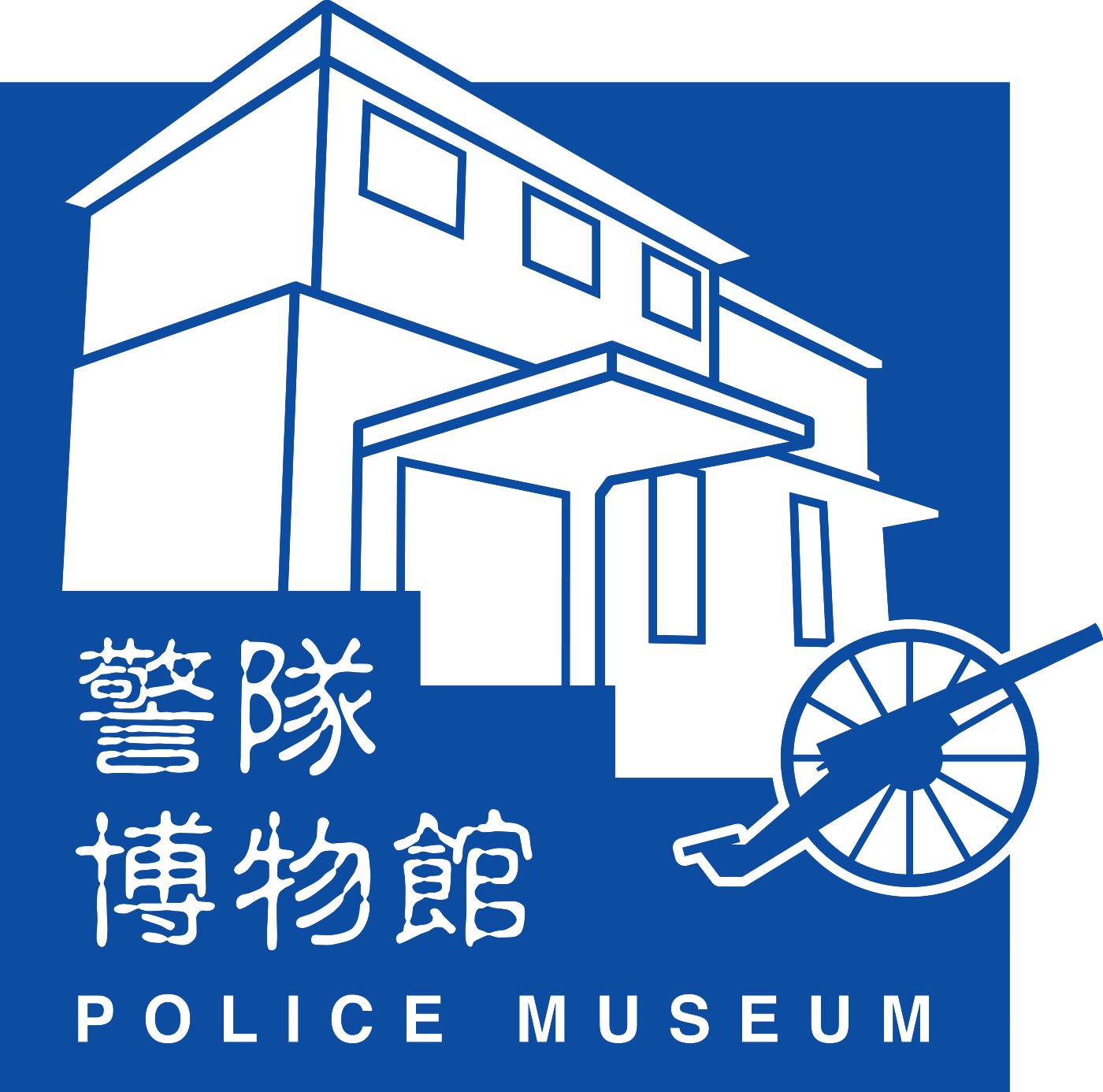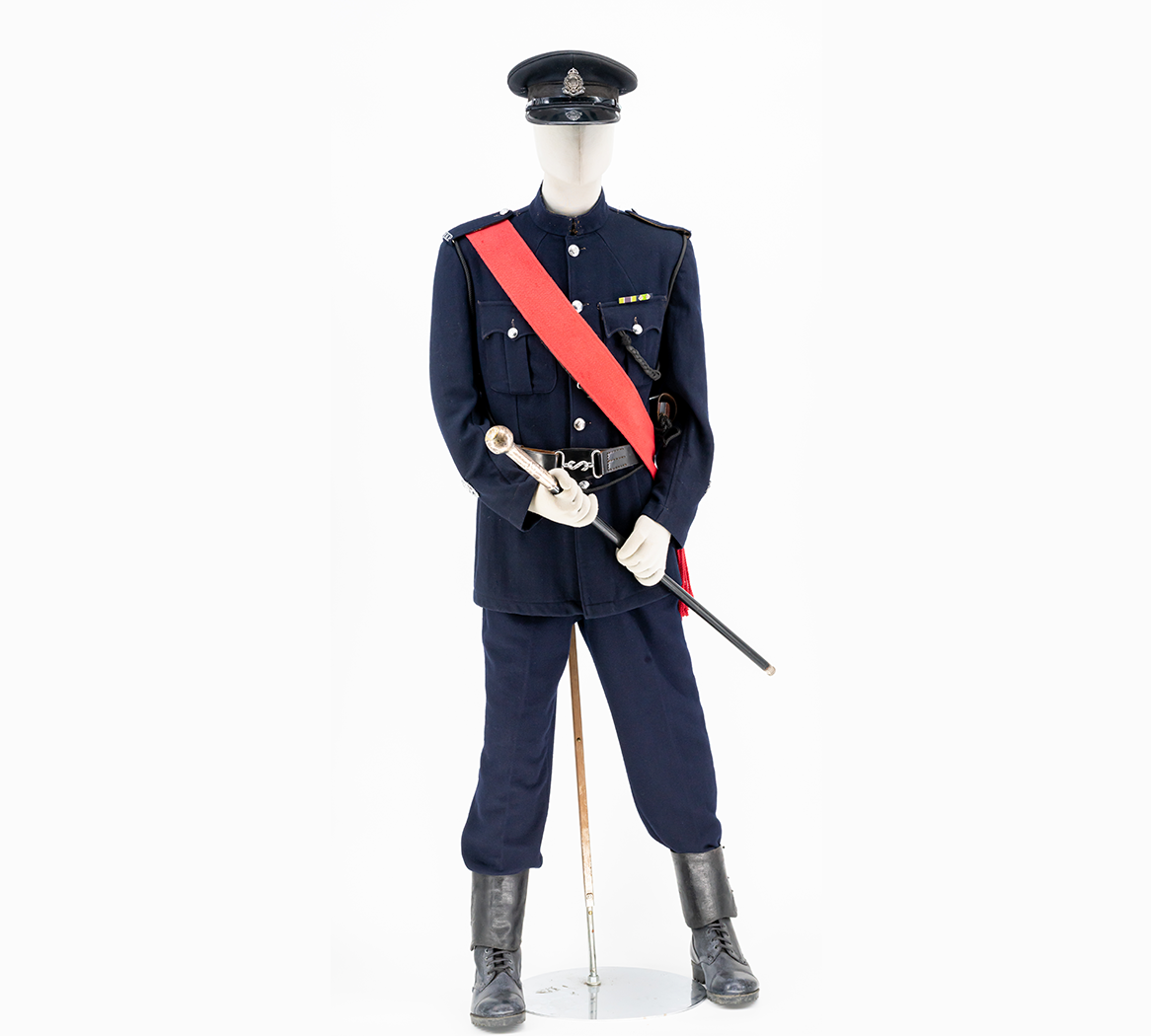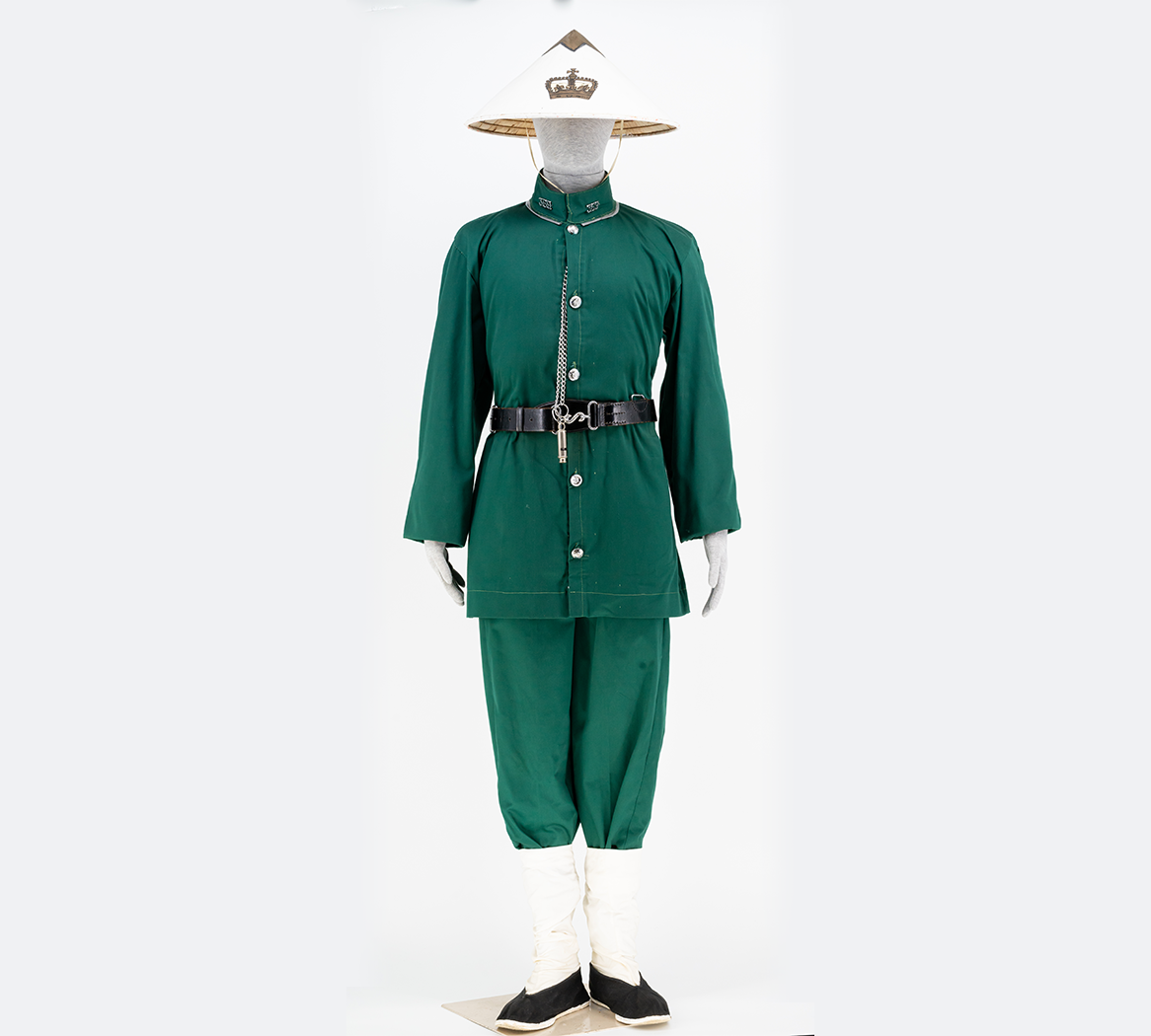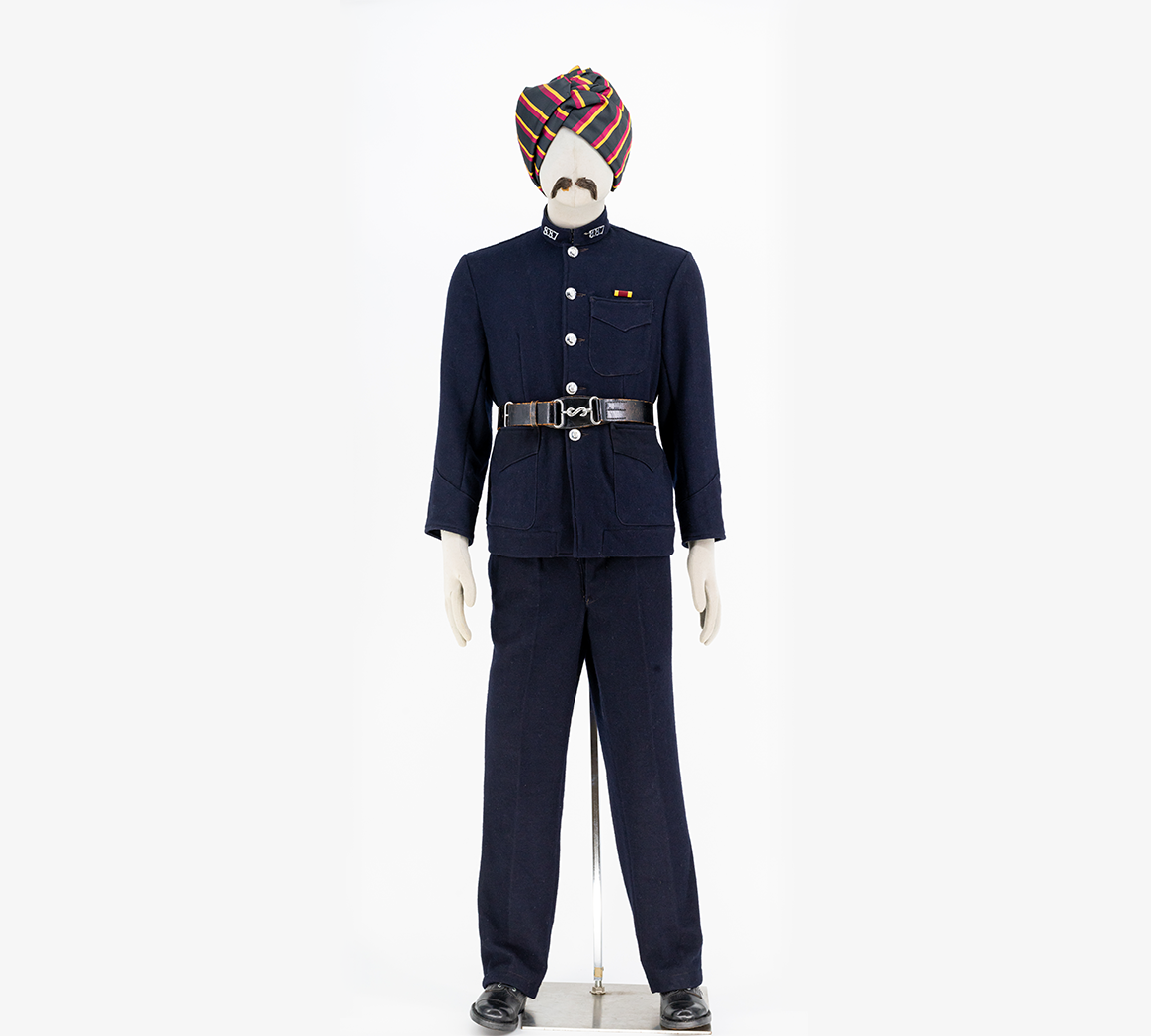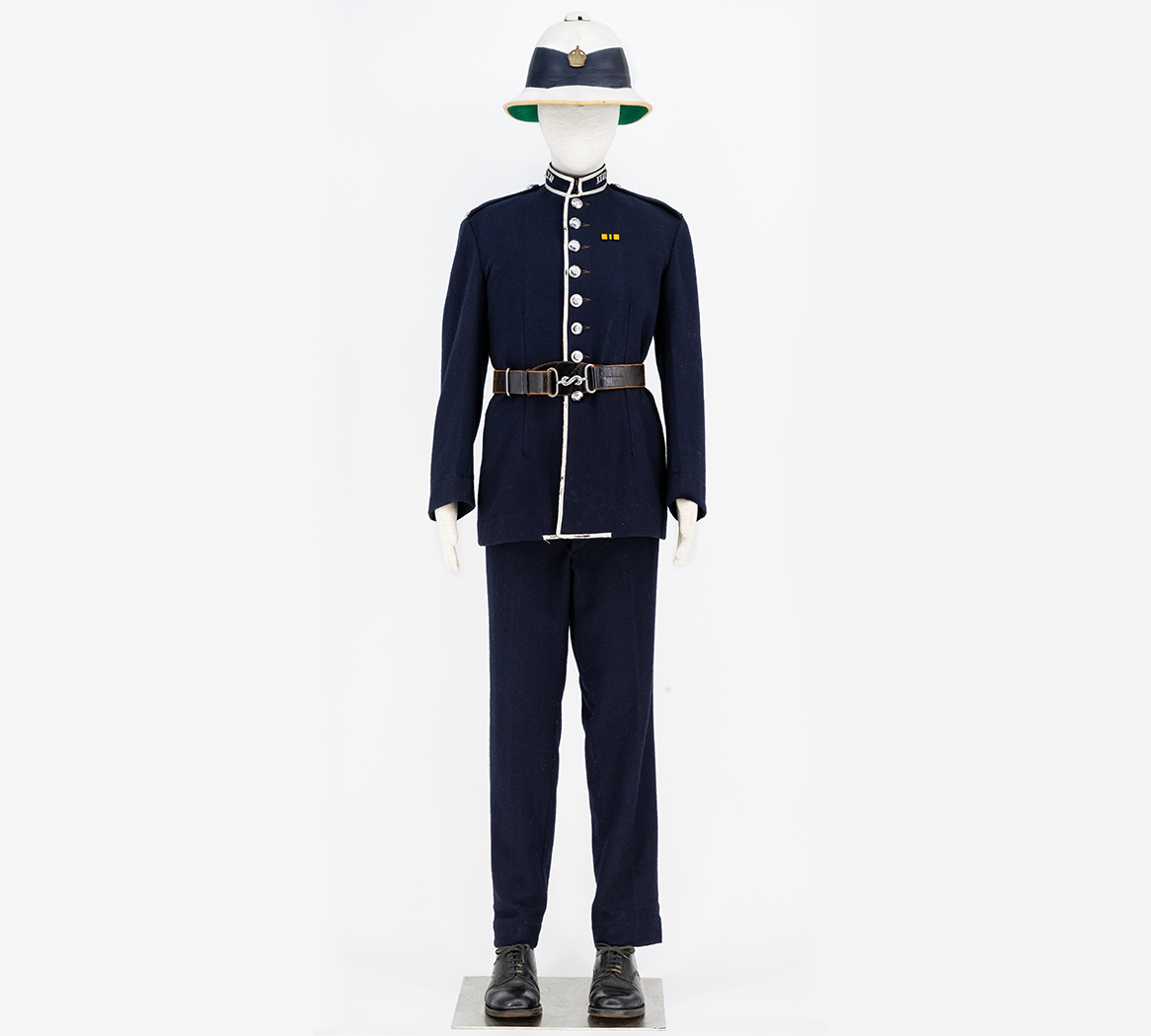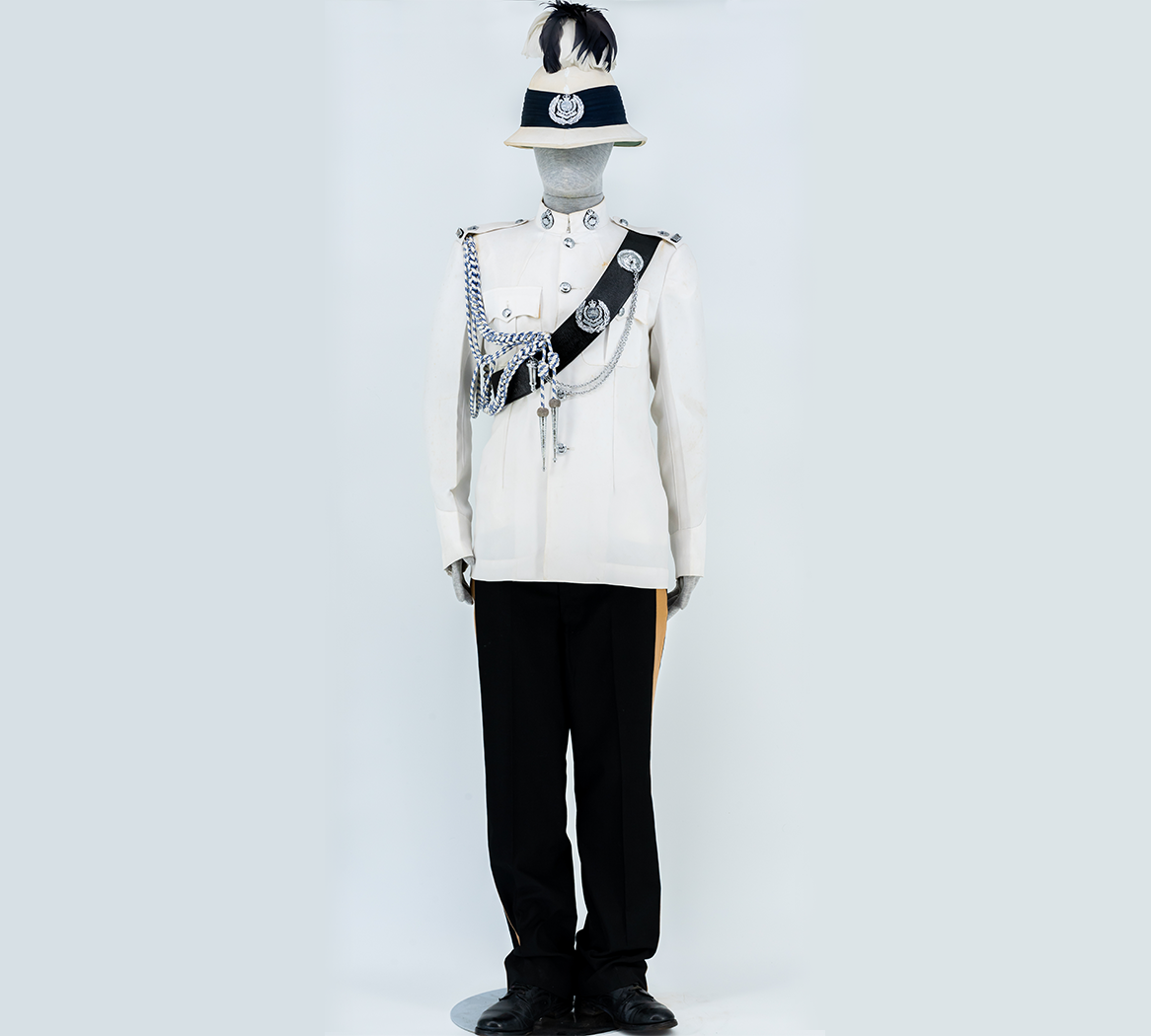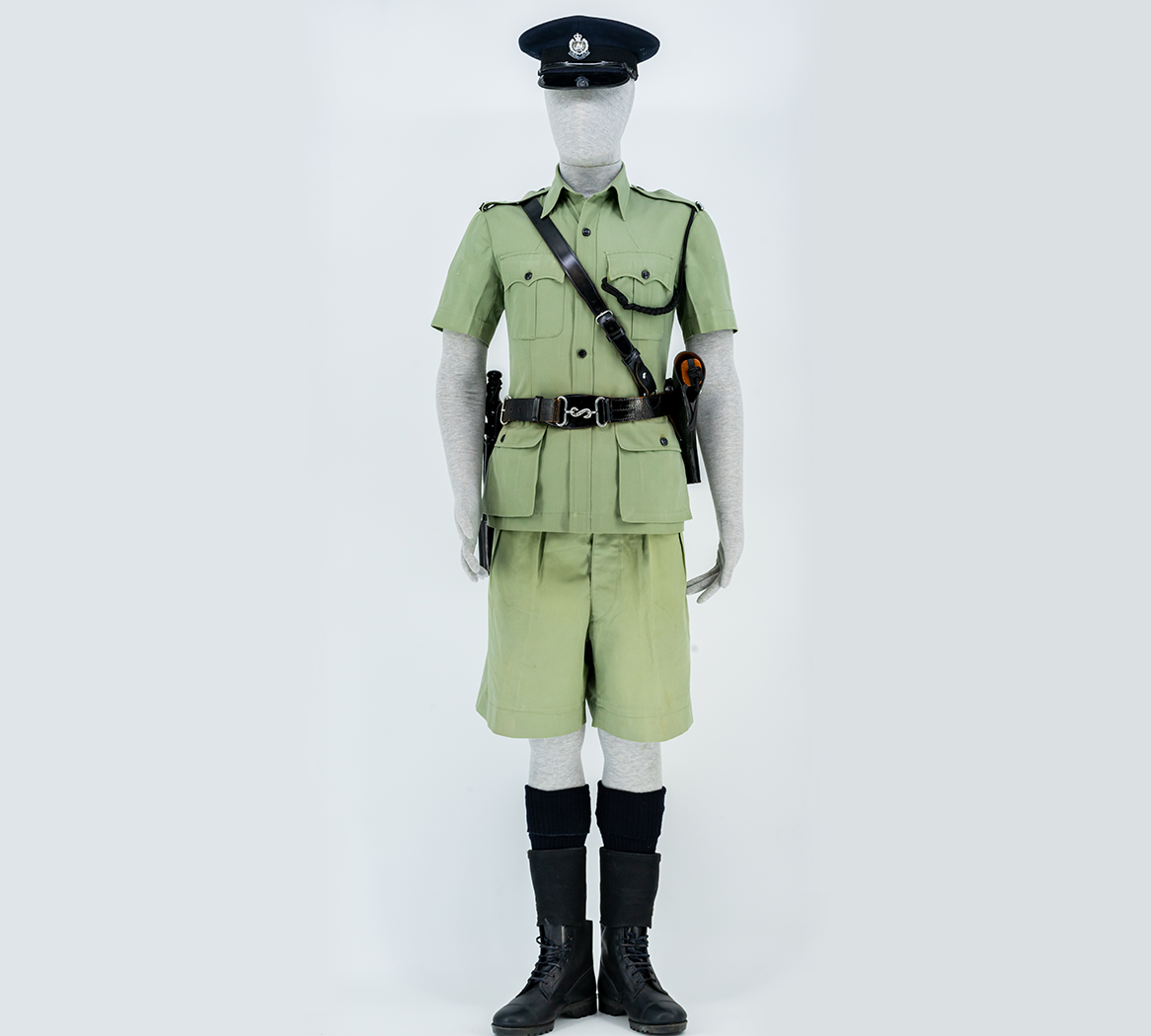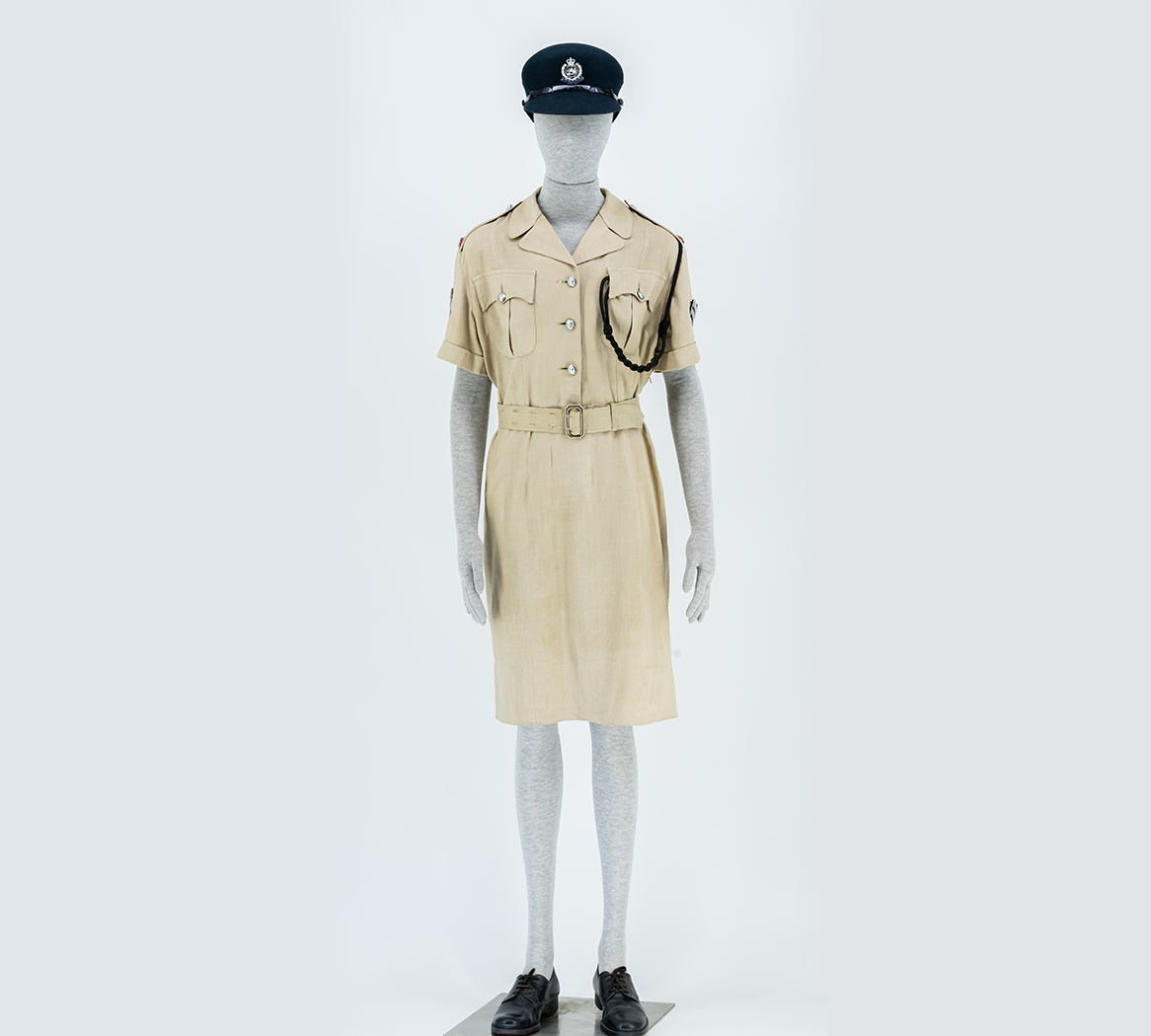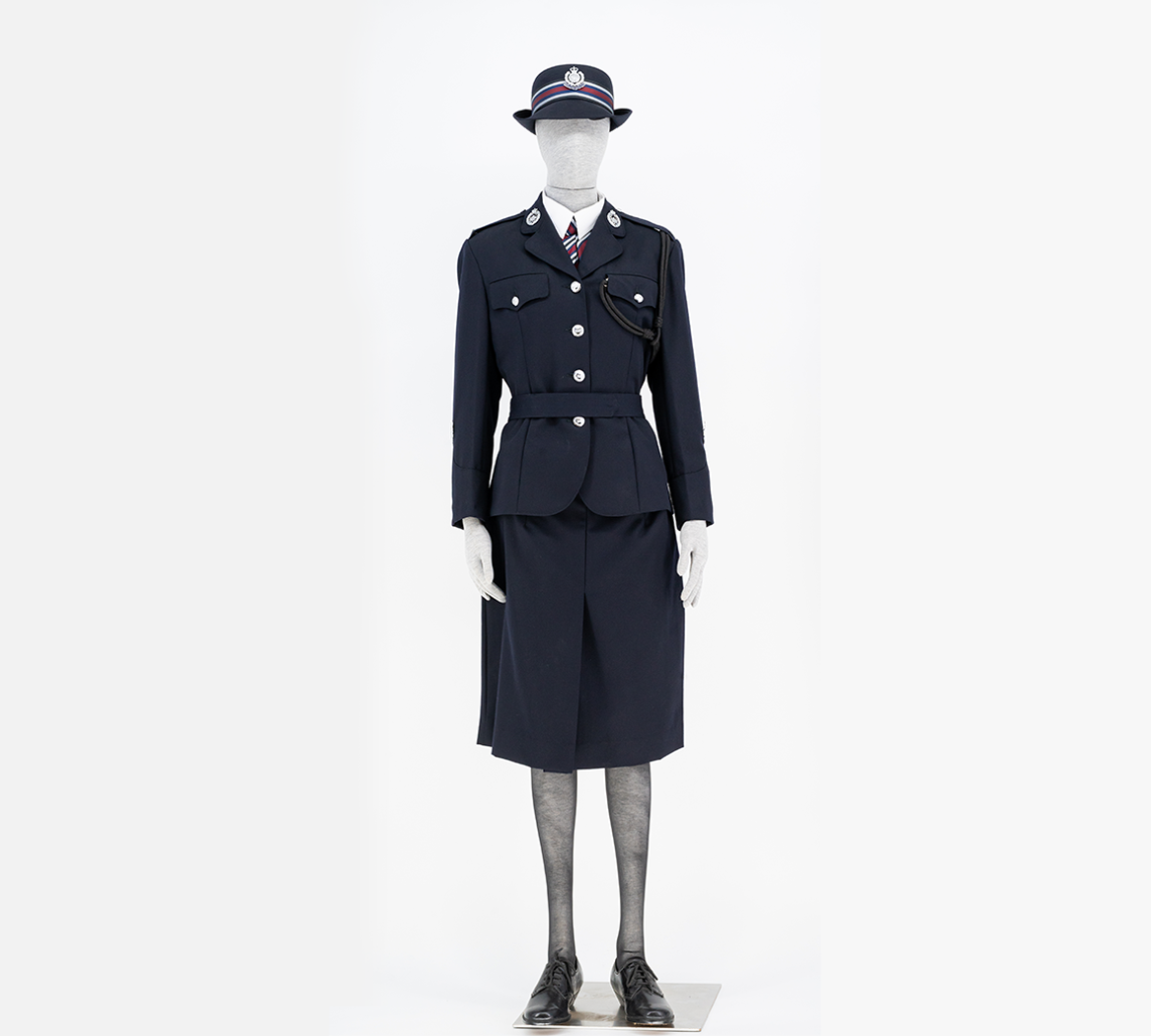Description
In the early years, there was a rank of Staff Sergeant in the Hong Kong Police Force. Most of the Staff Sergeants had extensive work experience. Although they were rank-and-file officers, they assisted the Inspectors to manage other rank-and-file officers in their police districts. Consequently, they were influential and highly respected. In the 1940s and 1950s, there was a distinction between Staff Sergeants I and II. Each police district had only one uniformed Staff Sergeant II and one Detective Staff Sergeant II. They were considered the “heads of the force” in the district. Above Staff Sergeants II was Staff Sergeant I. The latter was the highest-ranking rank-and-file officer. They were stationed at the Regional Headquarters, while the Staff Sergeants II in all of the districts were at their command and under their supervision. In those years, the Chief Detective was at the rank of Detective Staff Sergeant I.
“Sze Tai Fu” in Chinese, which is pronounced in a very similar way to the English word “staff”, means instructor. It was common practice for a Staff Sergeant to be in charge of discipline and foot drill during police training at the time. He carried a cane, commonly known as a “swagger stick”, on parade. The swagger stick was a symbol of his rank and authority.
At that time, police officers wore dark blue uniforms made of barathea, which were straight and strong. Additionally, the Staff Sergeant wore a red sash from the right shoulder to the left side of his waist, just like a bachelor about to get married. Hence, Staff Sergeants were nicknamed the grooms. The red sash was borrowed from the British Army dress code. It was an exclusive sign of the importance, special status, and authority at the Staff Sergeant rank. After the restructuring of the Force in 1972, the ranks of Staff Sergeant I and II were amalgamated into the rank of Station Sergeant. As a result, this “groom’s” uniform item was also abolished at about the same time.

